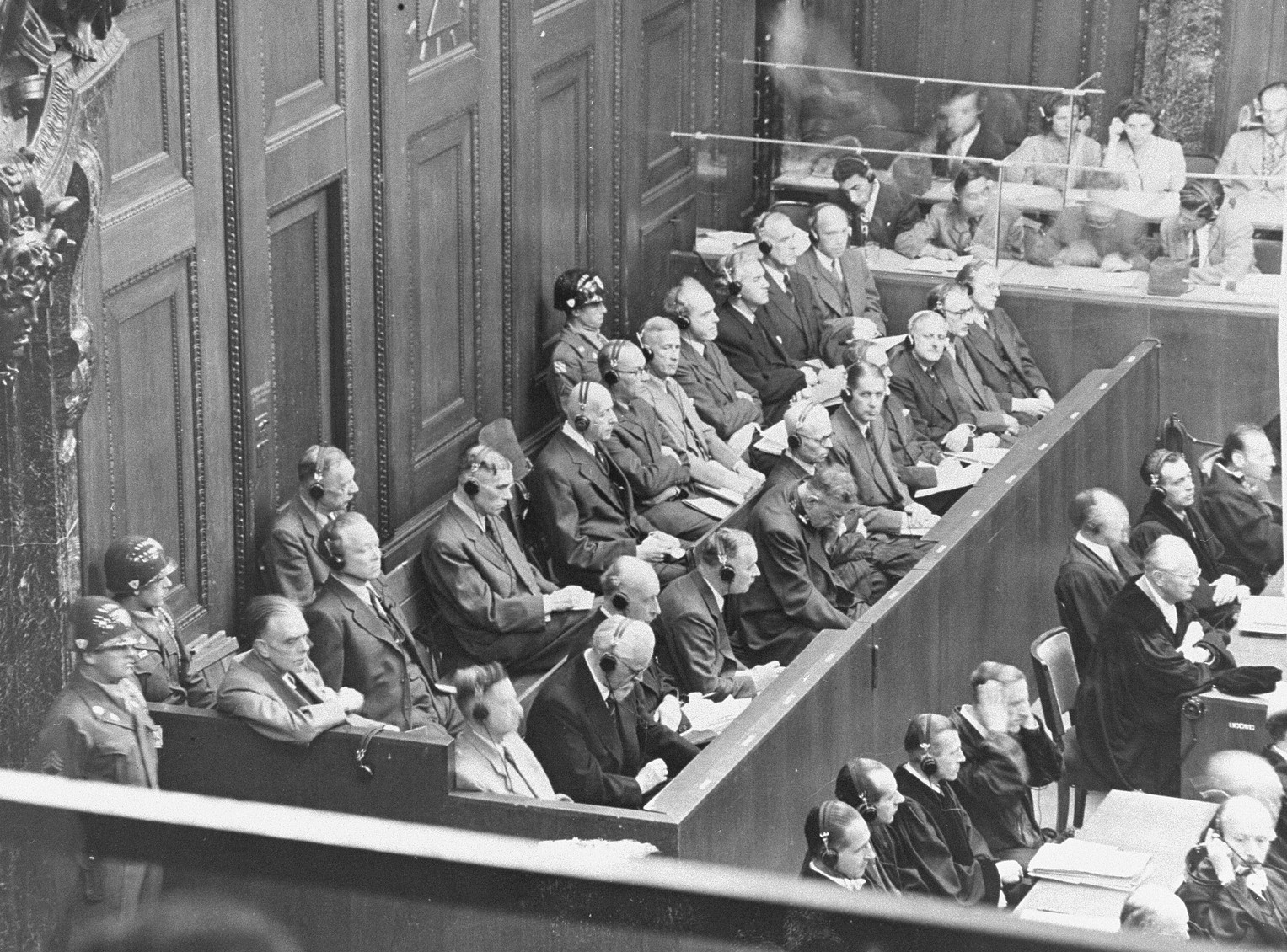May 15, 1943:
- "Jewish ghetto police in Rohatyn, Poland, plot to acquire weapons with which to defend themselves; See June 6, 1943"
- I.G. Farben
"German business quickly aligned itself with the Nazis and sealed a demonic pact with Heinrich Himmler and the SS.
As the most powerful company in the Third Reich, I.G. Farben kept the German war machine rolling, enjoying huge profits in return.
"From chemicals to explosives, I.G. Farben supplied the Nazis with a vast variety of products.
As an incentive to build factories at Auschwitz, I.G. Farben received tax exemptions and the promise of an almost unending supply of slave labor.
To seal the deal, the SS agreed to provide I.G. Farben with some 10,000 prisoners as construction workers.
From I.G. Farben, the SS gained lucrative contracts that allowed Himmler and his cronies to pursue their own financial goals.
"By mid-1944 I.G. Farben was Auschwitz's largest employer, with 11,000 slave laborers.
Some worked in nearby mines, which supplied the coal for production of synthetic fuel and synthetic rubber.
Others were directly engaged in the production of synthetic rubber, known as Buna, at the satellite camp Monowitz.
The company was also willing to supply the Nazis' death machine:
Through DEGESCH, a company it partially controlled, I.G. Farben provided Zyklon B for the Auschwitz gas chambers."
